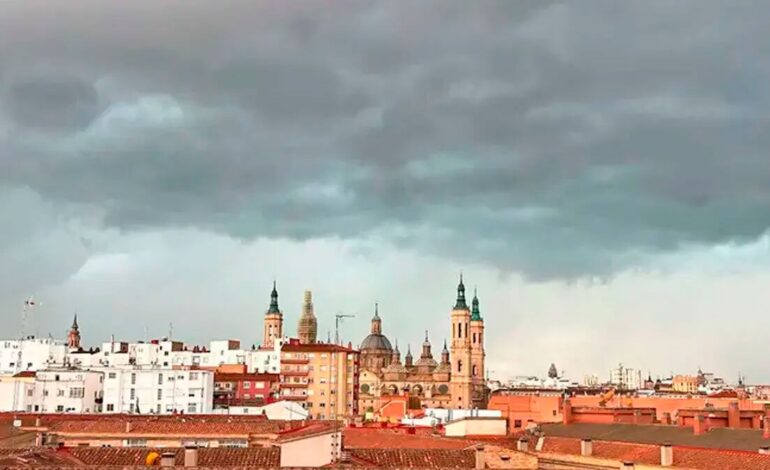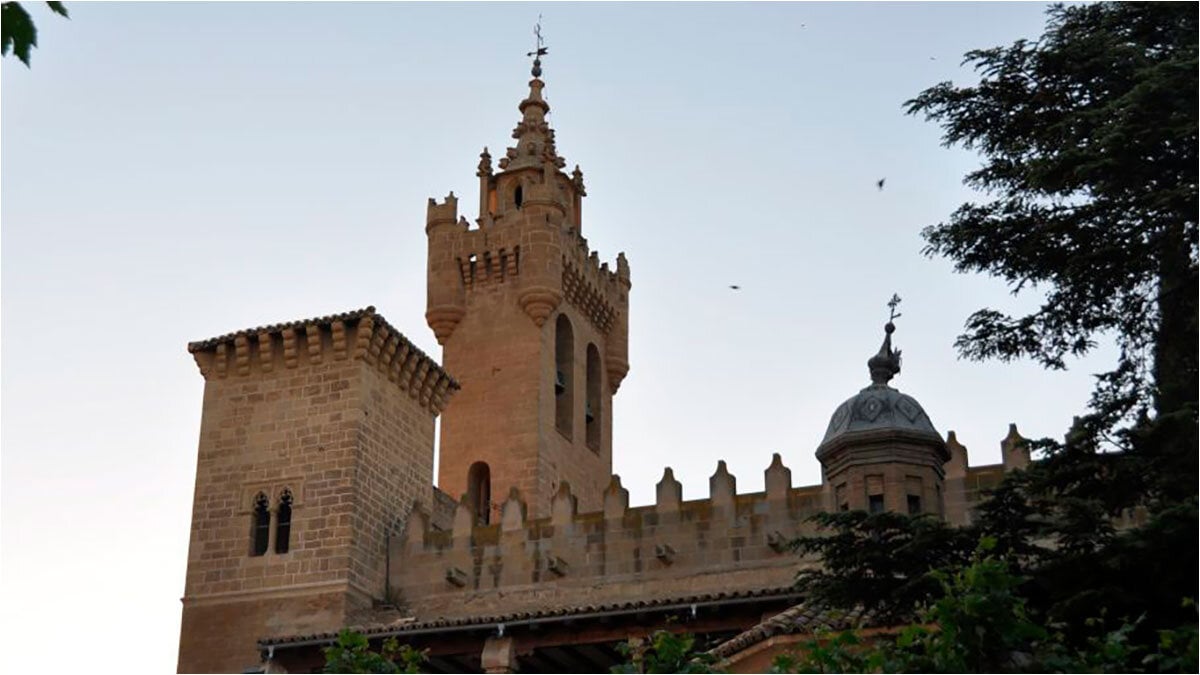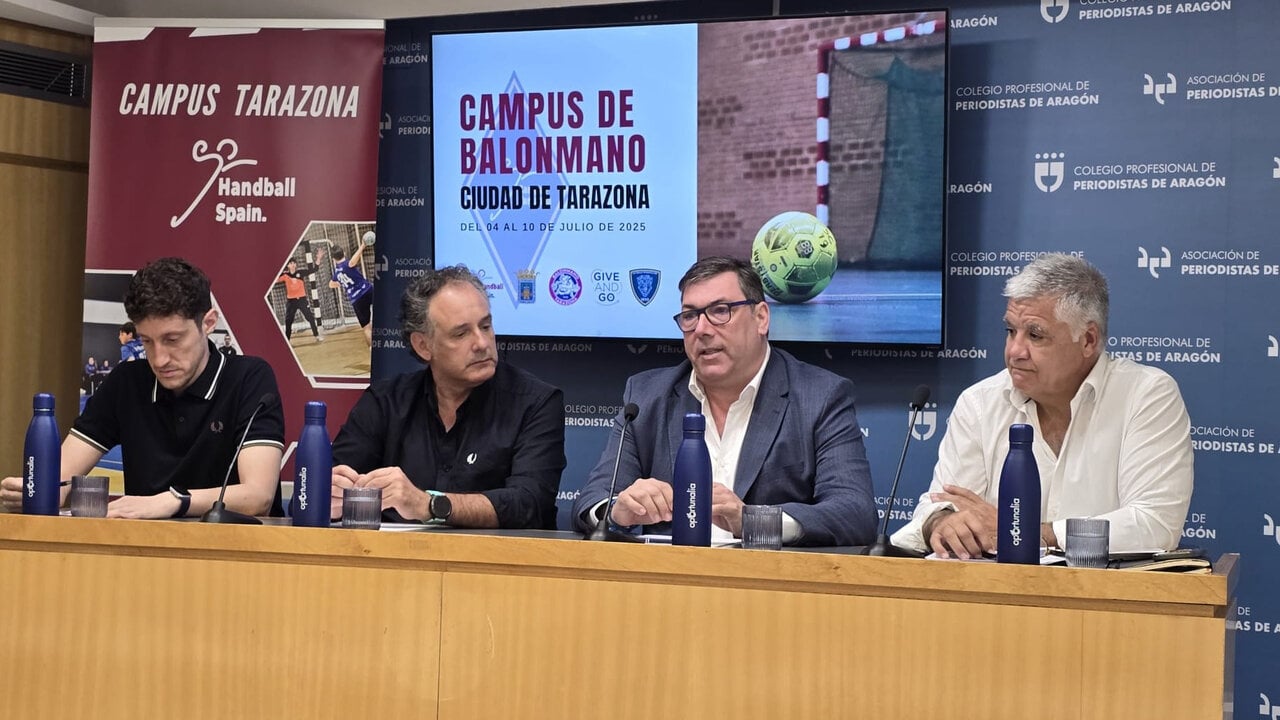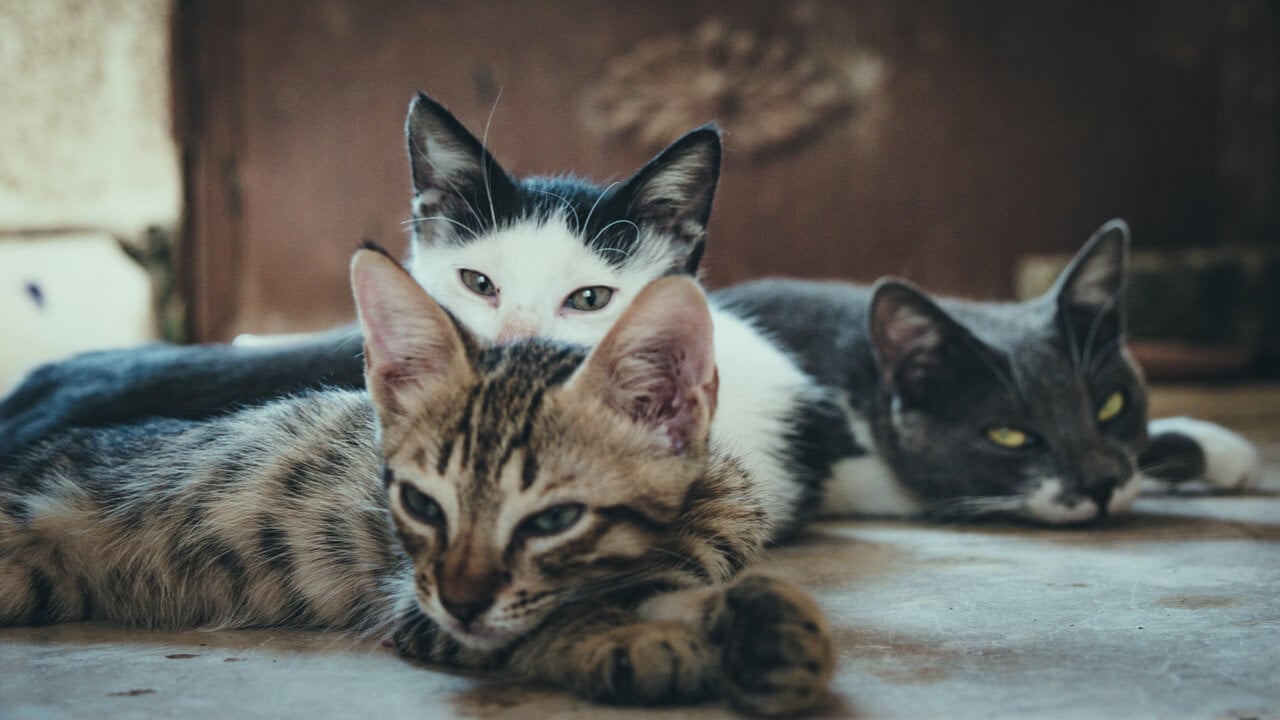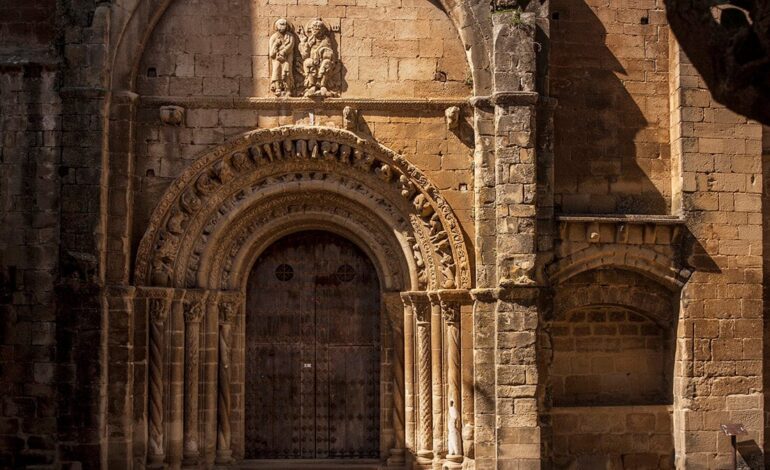
UNCASTILLO value its Romanesque jewel with a course on the cover of Santa María la Mayor
The church of Santa María la Mayor de UNCASTILLO It is an architectural jewel for neighbors and visitors of the municipality. Its southern cover, recently restored, is one of the most beautiful of the Spanish Romanesque and to preserve this emblem, the Uncastillo Foundation launches the summer course “the restoration of the cover of Santa María de Uncastillo in context.”
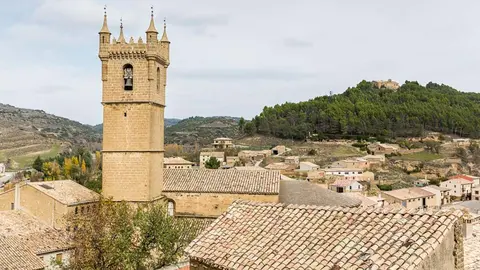
It seems, but it is not: the people of Zaragoza whose name cheats and is the mecca of Romanesque art
“This course is an opportunity to recover the spirit of the summer courses taught by the Uncastillo Foundation, while doing a transfer exercise,” said Javier Ibáñez, professor at the University of Zaragoza and principal researcher of the Traza group, during the presentation of the event. This will take place on July 29 and 30, and is aimed at lovers of art history, experts, profane of the subject they want to delve into their knowledge, and also neighbors of the people. “It is important that the premises sign up for that Romanesque jewel to know more,” said Santos Navarro, president of the five villas region.
Registration and registrations
For her part, the mayor of Uncastillo, Teresa Pueyo, said, also in the presentation of the initiative the value of that course. “This is a proposal that meets the objective of the Uncastillo Foundation: take advantage of heritage as a resource to generate activity while rehabilitated.”
“The restoration of the cover of Santa María de Uncastillo in context” is a course organized by the Uncastillo Foundation and the University of Zaragoza, with the collaboration of the region of the five villas and the City Council of Uncastillo.

The course has been presented this Thursday morning at the DPZ
Two days of knowledge
“It is not just a theoretical activity, because trying to also combine the practice with visits to the church,” Ibañéz said. Even with this dynamic, the course does not lose quality, as the speakers are experts in different areas of restoration, history and sculptures.
Among them, are the restorers on the cover of the Uncastillera, Guerra-Librero Church, also the experts Javier Martínez de Aguirre (Complutense de Madrid), Francisco de Asís García (Autonomous University of Madrid), David L. Simon (Colby College) or Esteban Sarasa and Elena Piedrafieta (University of Zaragoza). All will star in talks to know “from the general to the particular” the context and details of this cover.
Tuesday, July 29
10.00: Presentation
10.30: “Aragon in the twelfth century”, by Esteban Sarasa (University of Zaragoza)
11.15: “The five villas in the Middle Ages”, by Elena Piedrafita (University of Zaragoza)
12.00: Rest
12.15: “Romanesque architecture and territorial expansion. Aragon and Navarra in the XI and XII centuries”, by Javier Martínez (Complutense University of Madrid)
13.00: Debate
16.30: “Exchanges and circulations in the pictorial arts of the Aragonese Romanesque”, by Francisco de Asís García (Autonomous University of Madrid)
17.15: “Romanesque sculpture in Uncastillo: art at the crossroads”, by David L. Simon (Colby College)
18.00: Rest
18.30: Visit to San Juan, San Felices, San Lorenzo and San Martínez
Wednesday, July 30
09.30: “The cover of Santa María de Uncastillo”, by Juan Antonio Olañeta (University of Barcelona)
10.15: “The restoration of the cover of Santa María de Uncastillo”, by Fernando and Manuel Guerra Librero (architects and restorers responsible for the intervention)
11.00: Debate
11.30: Rest
12.00: Visit to the cover of Santa María
13.30: Conclusion and closure
Registration and registrations
To access the course, Pueyo has explained at the press conference that the registration must be formalized by sending a registration certificate (40 euros, ordinary; 30 euros, reduced -Estudiants, university students, unemployed graduates, members of the Friends of the Romanesque Association-) to the email address info@fundaciCastillo.com
This course is a unique and quality experience to know the heritage that is hidden in Aragon. “This church was restored in the 80s inside and out,” said Pueyo, while continued, “we have been requested from the Government of Aragon to a solution for the problem of pigeons in the cloister,” but they have not received an answer. On the cloister, Ibáñez has assured that “it is an architectural jewel of the 16th century nationwide.”


